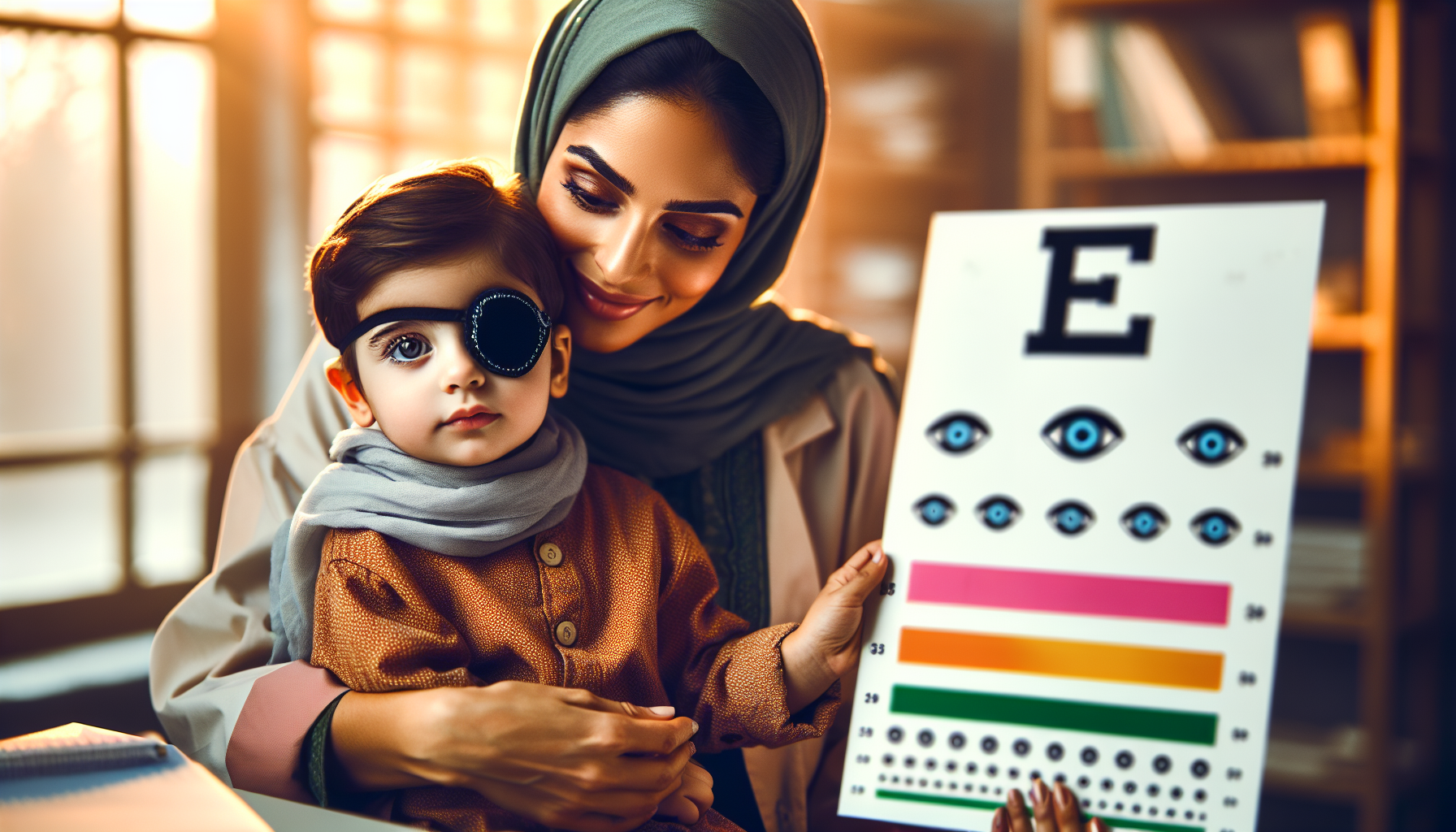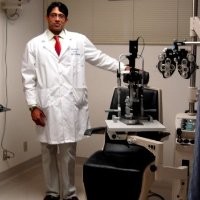The effectiveness of early, high-intensity eye patching for children diagnosed with amblyopia may outperform the traditional method of extended eyeglasses use before starting patching, according to the recent EuPatch controlled trial. This study, conducted across multiple European sites, aimed at comparing the results of two different eye patching regimens; prolonged optical treatment (EOT) and early patching (EP) in 342 children aged 3-8 years who were newly diagnosed with untreated amblyopia.
The study divided the children into two groups. Both groups went through 24 weeks of rigorous patching, initially suggested for 10 hours each day, six days a week. The difference was, the EOT group wore prescribed glasses for 18 weeks before starting the patching, while the EP group started patching after only three weeks of glasses use. The children were categorized based on the type and severity of their amblyopia. The primary goal was to see if the treatment could reduce the difference in the best-corrected visual acuity to 0.20 logMAR or less after 12 weeks of patching.
The results showed that the EP group had a significantly higher success rate compared to the EOT group (67% vs 54%). Older children, those with more severe amblyopia or higher anisometropia showed the most improvement with the EP regimen. Interestingly, the attitude of parents and guardians towards patching was more positive in the EP group. The children’s attitudes, as per the Smiley Face Likert Scale, were less enthusiastic compared to the adults, but they still maintained a relatively positive outlook overall, regardless of the group they were in.
The study had some limitations. The participants, parents, and assessors were aware of the treatment allocation, which might have introduced some bias. Around 9% of patients either dropped out or did not complete the treatment. However, the overall results remained statistically similar even when the missing data were excluded. A significant point to note is that the patching regimen was more intensive than what many providers prescribe, so these findings might not be identical with less intensive patching.
This study’s findings suggest that for children with amblyopia, especially older ones or those with more severe conditions, starting patching early, instead of waiting for several months of glasses wear, may be beneficial. Clinicians might consider combining early patching with the introduction of glasses. More research with different patching intensities is needed to establish the clinical applicability of these findings. As for financial disclosures, Dr. Robert Tauscher reported no financial relationships.


Comments are closed for this post.